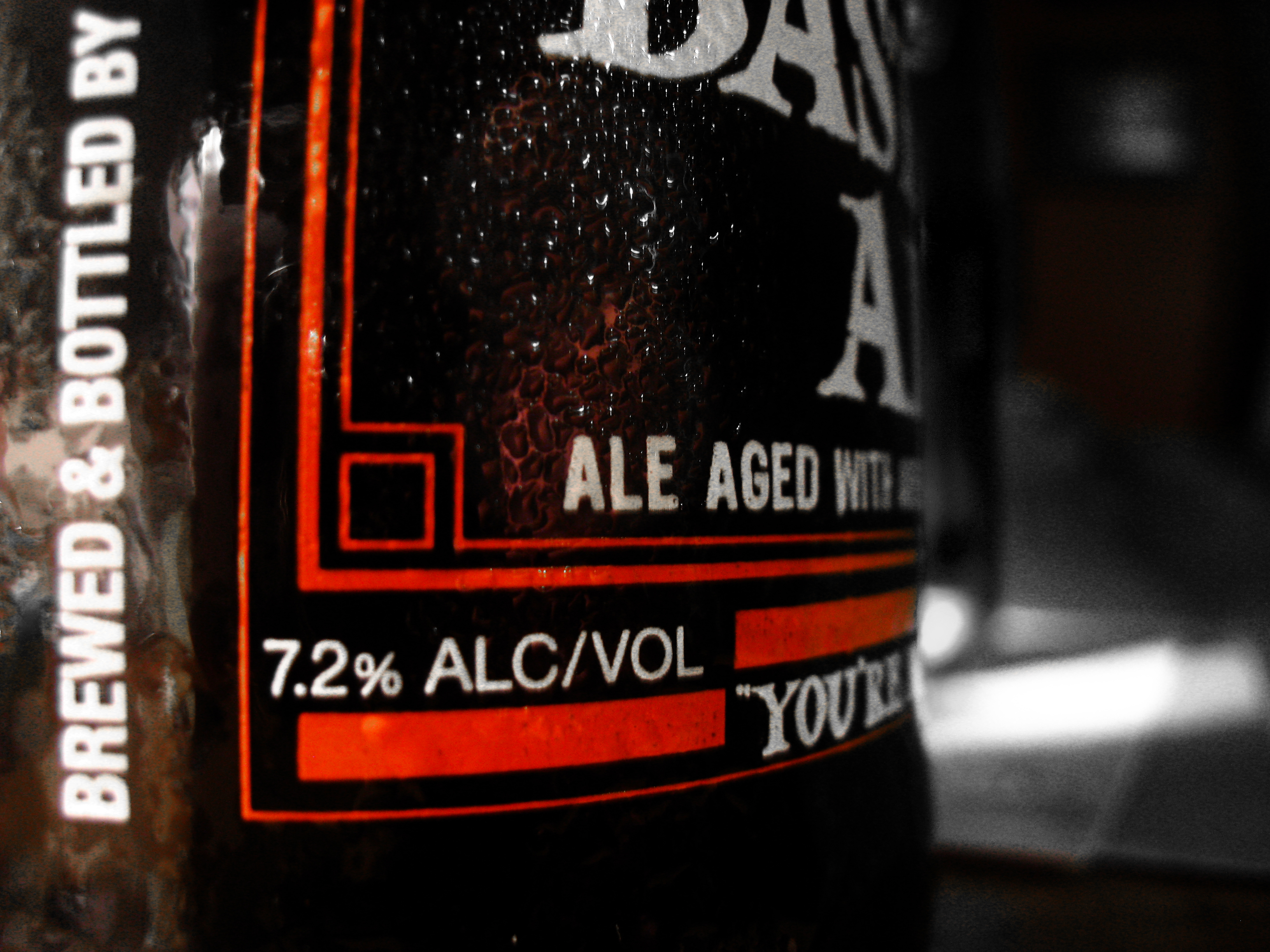The San Diego craft beer community was shocked to hear that Stone Brewing recently laid off approximately 60 employees, amounting to 5% of their workforce. This is surprising, because up until this point, Stone appeared to be having a banner year. They went international, with the opening of a brewery in Germany. They made it to the East coast when they opened a production facility and brewhouse in Richmond, Virginia. Additionally, they just got a bunch of press for their plans to open the first ever, craft beer hotel up in Escondido. So what’s going on?
A Word From Stone
Recently appointed Stone CEO, Dominic Engels, released a statement in the wake of the layoffs, explaining the issues the company is facing (bolded text is from Stone’s statement).
“Due to an unforeseen slowdown in our consistent growth and changes in the craft beer landscape, we have had to make the difficult decision to restructure our staff. Unfortunately, this comes despite a year that includes the incredible accomplishments of opening two new breweries, which are ultimately expanding the availability of Stone beers and boosting the reputation of American craft beer in Europe.”
“More recently however, the larger independent craft segment has developed tremendous pressures. Specifically, the onset of greater pressures from Big Beer as a result of their acquisition strategies, and the further proliferation of small, hyper-local breweries has slowed growth. With business and the market now less predictable, we must restructure to preserve a healthy future for our company. Even given this unfortunate circumstance, we will continue to be fiercely independent and, importantly, Stone remains one of the largest – if not the largest – employers in the craft brewing segment.”
“In summary, we want to emphasize the following points:
– This year, we completed several significant investments that have been in the works for a number of years.
– A recent decline in domestic growth for the category and for Stone has forced us to restructure in order to preserve our independence in an increasingly competitive category.
– Stone remains one of the largest – if not the largest – employer in the craft beer segment and remains dedicated to providing our fans with fresh beer.”
Growing Pains
Growth in any company costs money and Stone has recently shelled out a lot of money in the name of growing their brand. Earlier this year, they opened their Berlin brewery to the tune of $25 million and their Virginia brewery is up and running after investing $75 million. With speculation from Stone insiders that these two new ventures have not created the expected revenue/sales, it would seem likely that one result would be the need to cut costs.
Competition from Big Beer and Little Beer
Interestingly enough, one of Engel’s points as to why they had a slow in revenue was the added pressure from big beer as well as little beer, or as he said, hyper-local breweries. Big beer has been buying up craft breweries right and left (which you can read more about here). Once these big guys have the craft beer in their “stable,” they can cut the prices of their kegs, making their craft beers more cost-effective for the bars and restaurants. Of course, this undercuts real craft breweries that deal with much smaller margins and budgets.
Engel also points to the competition from hyper-local breweries like us. No one can deny that Stone is one of the founding fathers of the San Diego craft beer industry. In 1997, they released Stone IPA into the world and it unquestionably has helped define the West Coast style of IPA. But now they face stiff competition from all of the up-and-coming breweries they helped pave the way for. And while Stone is impressive in its overall success and size, it also operates like a big company now. Smaller breweries can create new beers more quickly, try new things and innovate. They can do what they want with their small budgets, without the hinderance of red-tape or multi-layered management.
Craft Beer Sales Overall
Engel also mentioned craft beer sales slowing and he’s not wrong. Craft beer growth is slowing overall, with 2016 numbers so far seeing a only 6% increase YOY growth. That doesn’t seem bad, except it’s down from double-digits from the last number of years. This is partially because huge craft breweries, like Sierra Nevada and Sam Adams, have reported lower numbers than expected for this point in the year they they carry a lot of weight in the industry. In July, Sam Adams shares were down 40% and ironically, they also said competition from smaller breweries as a contributing factor.
Craft beer is a tough business and it’s only getting more competitive. In the end, Stone will be just fine. They will continue to be pioneers in the industry. Their booth at the recent GABF was mobbed with people the whole weekend and their Berlin brewery is poised to help American craft beer take Europe by storm. But it does go to show you that even the most successful breweries are not immune to cash shortages or overestimating growth.
For more reading on big beer vs. craft beer check out our beer blog news section.


possibly because their beer is way over priced. Ive never bought so much as a six pack of stone , I can find several options of fresh high quality beer for far less.